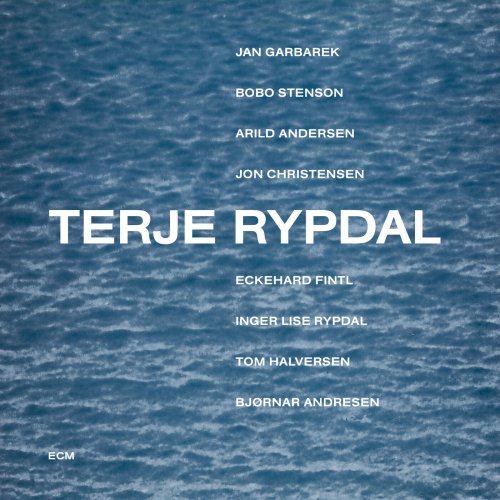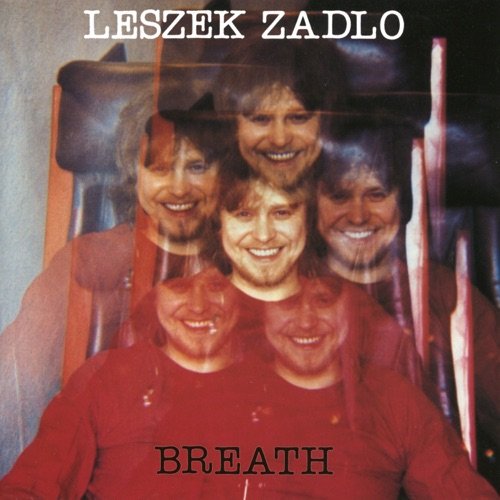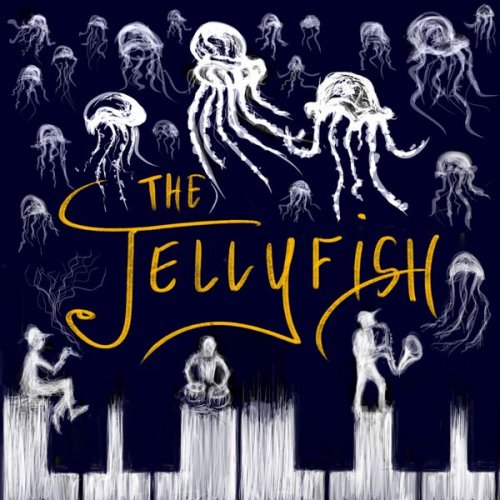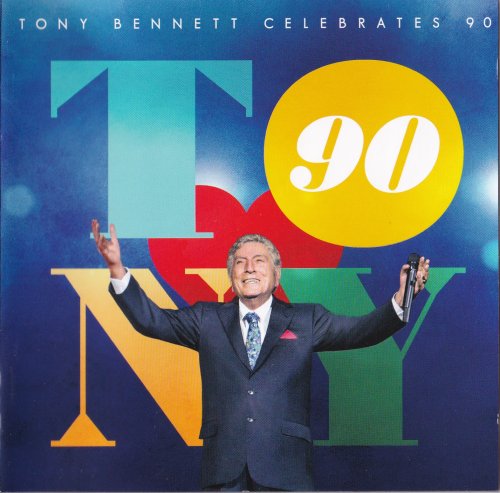Reed Mathis - Beathoven (2016)

Artist: Reed Mathis
Title: Beathoven
Year Of Release: 2016
Label: The Royal Potato Family
Genre: Classical Crossover, Jazz, Rock
Quality: Mp3 320 kbps / FLAC (tracks)
Total Time: 69:01
Total Size: 158 / 416 MB
WebSite: Album Preview
Tracklist:Title: Beathoven
Year Of Release: 2016
Label: The Royal Potato Family
Genre: Classical Crossover, Jazz, Rock
Quality: Mp3 320 kbps / FLAC (tracks)
Total Time: 69:01
Total Size: 158 / 416 MB
WebSite: Album Preview
1. Awakening of Happiness (feat. Joe Russo & Luke Bolla)
2. Scene by the River (feat. Andrew Barr & Steve Pryor)
3. Rain Dance (feat. Stanton Moore & Jared Tyler)
4. Thunderstorm (feat. Matt Chamberlain & Mike Dillon)
5. Shepherd’s Song (feat. Page McConnell & Jason Smart)
6. In Memory of a Great Man (feat. Mike Gordon & Joe Russo)
7. Funeral March (feat. Marco Benevento & Matt Chamberlain)
8. Rebirth (feat. Brad Barr & Andrew Barr)
9. Finale (feat. Stanton Moore & Robert Walter)
Reed Mathis has announced the release of Beathoven due September 30 on Royal Potato Family. The revered bassist extraordinaire is best known for his work with Jacob Fred Jazz Odyssey, Tea Leaf Green and Billy & the Kids (led by the Grateful Dead’s Bill Kreutzmann) among numerous others, but his first love was always Ludwig van Beethoven. With this debut release under his own name, Mathis did the unthinkable and fused all of his worlds together, bringing old world masterpieces by the classical composer to today's premiere musical improvisors and updating their arrangements for a modern jam band. The result is the world's first CDM ("classical dance music") ensemble.
Presenting his new, dance-ready arrangements of Beethoven's "Symphony No. 3" and "Symphony No. 6," to an elite class of musicians, Reed Mathis enlisted Phish's Mike Gordon and Page McConnell, Marco Benevento, Joe Russo, Galactic's Stanton Moore, The Greyboy Allstars' Robert Walter, Matt Chamberlain, The Barr Brothers (Brad and Andrew Barr) and many more musical visionaries. To record their parts, he traveled to their respective towns over the past few years, capturing the majority of the nine movements that comprise the two symphonies in the musicians' natural environment. Having befriended many musical greats throughout his career, Reed chose the artists that, he felt, best embodied the spirit of Beethoven. It's little coincidence that, unlike contemporaries in modern-day orchestras, these "rock" musicians had comparatively little classical music training (if at all). In fact, most of them confessed that, prior to Reed pitching them on the project, they had no intimate knowledge of the movement that they were drafted to perform.
This, in fact, suited Reed's vision for bringing Beethoven into the 21st century better than if the musicians had been versed in the composer's work. Reed wanted his collaborators to have the freedom to create and interpret as themselves. His concept being that even when composed music—be it a song or a symphony—has been performed for centuries, the notes and rhythms are still supposed to be embedded with personal context. After all, the music that most deeply affects us is that which is relatable. Classical music purists tend to disregard that directive in favor of a strict handed-down construct. Reed's mission with this project, then, was to free these symphonies from their historic chains and place them back in the here-and-now. It's music of the moment, even if that moment has been happening for more than 200 years.
Fifteen musicians and many cross-country trips in the making, Reed Mathis' rearrangements and recordings of Beethoven "Symphony No. 3" and "Symphony No. 6" became the finished album, Beathoven. To tour these masterpieces in a way that honors both their history and their ability to be improvised even further in a live performance, Mathis activated a core-group called Electric Beethoven, featuring Jay Lane (Primus), Todd Stoops (RAQ), Cochrane McMillan (Tea Leaf Green) and America's newest guitar hero, Clay Welch, for the project's debut: the "Electric Beethoven Acid Test" at Outside Lands in Golden Gate Park. This will be the core touring lineup, with special surprise guests joining at any given tour stop along the way.
Presenting his new, dance-ready arrangements of Beethoven's "Symphony No. 3" and "Symphony No. 6," to an elite class of musicians, Reed Mathis enlisted Phish's Mike Gordon and Page McConnell, Marco Benevento, Joe Russo, Galactic's Stanton Moore, The Greyboy Allstars' Robert Walter, Matt Chamberlain, The Barr Brothers (Brad and Andrew Barr) and many more musical visionaries. To record their parts, he traveled to their respective towns over the past few years, capturing the majority of the nine movements that comprise the two symphonies in the musicians' natural environment. Having befriended many musical greats throughout his career, Reed chose the artists that, he felt, best embodied the spirit of Beethoven. It's little coincidence that, unlike contemporaries in modern-day orchestras, these "rock" musicians had comparatively little classical music training (if at all). In fact, most of them confessed that, prior to Reed pitching them on the project, they had no intimate knowledge of the movement that they were drafted to perform.
This, in fact, suited Reed's vision for bringing Beethoven into the 21st century better than if the musicians had been versed in the composer's work. Reed wanted his collaborators to have the freedom to create and interpret as themselves. His concept being that even when composed music—be it a song or a symphony—has been performed for centuries, the notes and rhythms are still supposed to be embedded with personal context. After all, the music that most deeply affects us is that which is relatable. Classical music purists tend to disregard that directive in favor of a strict handed-down construct. Reed's mission with this project, then, was to free these symphonies from their historic chains and place them back in the here-and-now. It's music of the moment, even if that moment has been happening for more than 200 years.
Fifteen musicians and many cross-country trips in the making, Reed Mathis' rearrangements and recordings of Beethoven "Symphony No. 3" and "Symphony No. 6" became the finished album, Beathoven. To tour these masterpieces in a way that honors both their history and their ability to be improvised even further in a live performance, Mathis activated a core-group called Electric Beethoven, featuring Jay Lane (Primus), Todd Stoops (RAQ), Cochrane McMillan (Tea Leaf Green) and America's newest guitar hero, Clay Welch, for the project's debut: the "Electric Beethoven Acid Test" at Outside Lands in Golden Gate Park. This will be the core touring lineup, with special surprise guests joining at any given tour stop along the way.
TURBOBIT
or
HITFILE
or
NITROFLARE
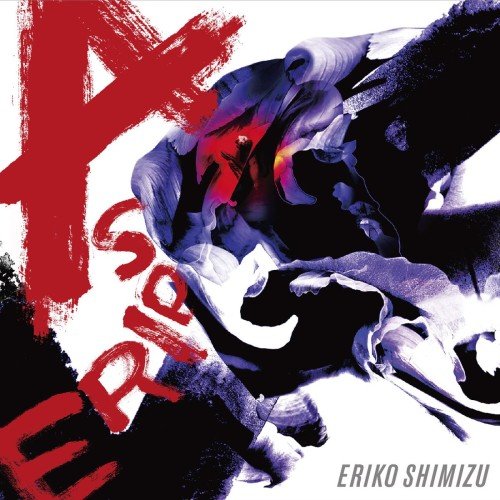
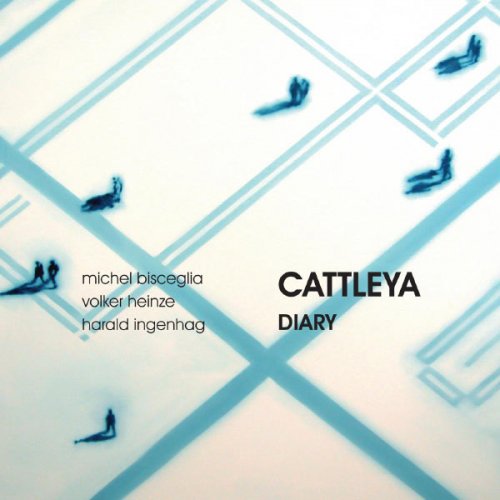
![Laurine Frost - Maiden (2025) [Hi-Res] Laurine Frost - Maiden (2025) [Hi-Res]](https://img.israbox.com/img/2025-12/01/3e2dvxmqjebf2huqbw8eabcua.jpg)
